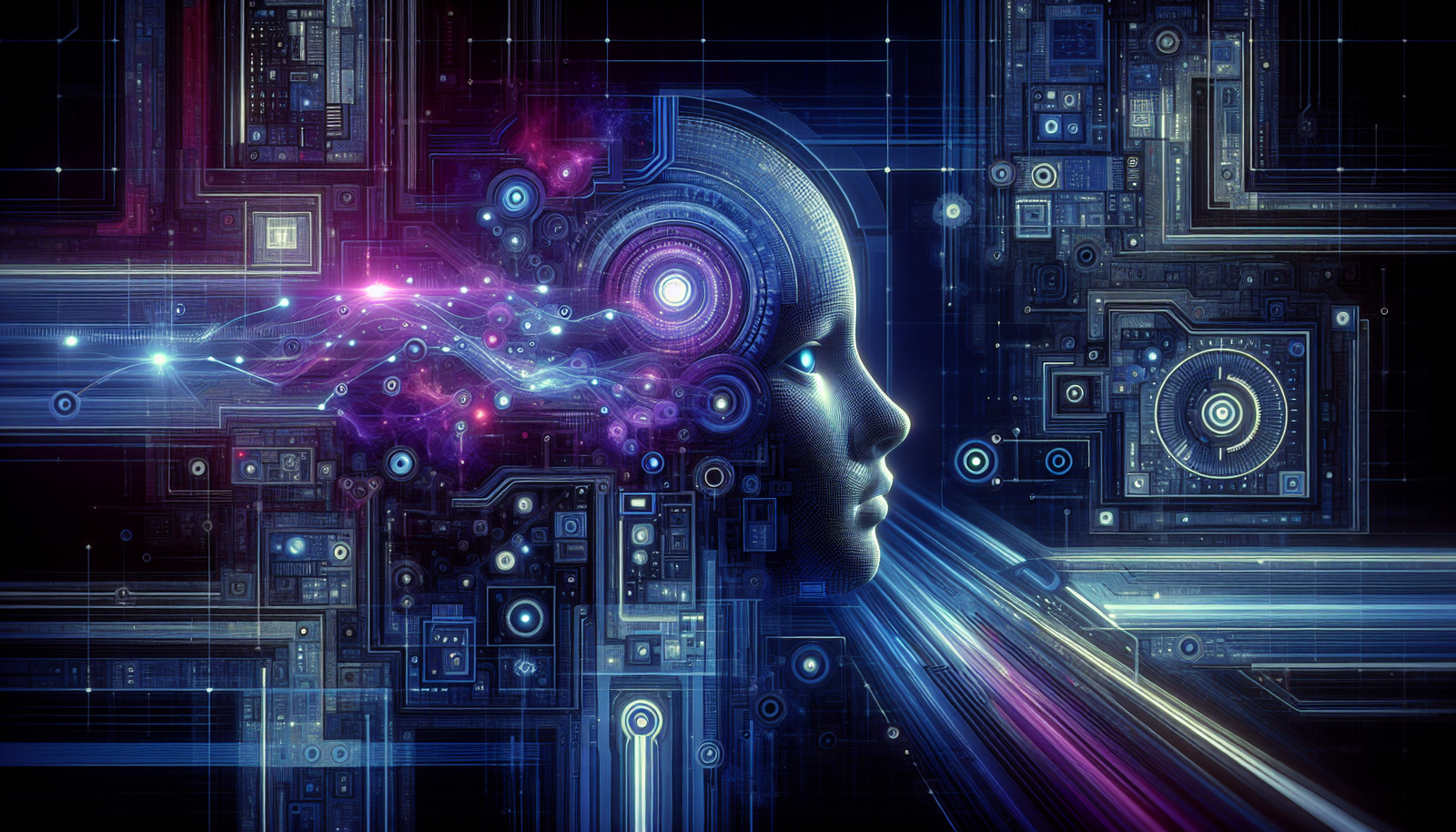Innovation in artificial intelligence is revolutionizing visual creation. This advancement offers the ability to generate *high-quality images in record time*, challenging traditional methods. Artists, designers, and marketing professionals benefit from unmatched speed, thus transforming the creative processes. The impact of this technology is not limited to speed; it opens unforeseen creative horizons while ensuring exceptional quality. The fusion of technology and art redefines the standards of modern visualization.
A revolution in image creation
A new innovation in artificial intelligence is transforming the image creation process. This system can generate high-quality visuals at an unprecedented speed. The technologies implemented rely on advanced algorithms, allowing for previously unseen levels of resolution and realism.
Performance of new AI tools
The latest developments in the field of AI, such as DALL·E 2, illustrate this significant advancement. OpenAI designed this model to produce images with a resolution four times more precise than its predecessors. This type of AI integrates a computer vision system, CLIP, which contributes to the contextual understanding of each generated image.
Application in various sectors
The speed of execution of these tools is crucial, particularly for industries looking to reduce their costs and deadlines. For example, in the automotive sector, simulated environments must be created quickly to train autonomous vehicles. Current AI technology surpasses traditional methods, facilitating the creation of realistic prototypes and avoiding unpredictable dangers.
A broader access to innovation
This advancement is not limited to large companies. Many startups are leveraging these AI systems to enrich their creative approach while keeping costs accessible. The simplified interface of certain tools even allows users without technical skills to fully exploit their creative potential.
Implications and future perspective
The democratization of AI imaging tools opens considerable horizons for artists, designers, and content creators. The ability to generate unique works from textual descriptions profoundly changes the creative landscape. The risks of plagiarism are reduced, as each produced image is original, in accordance with copyright laws.
Towards custom image creation
Through this innovation, companies can customize their content to an unparalleled level of detail. The optimization of creative processes is accompanied by an increase in productivity. Brands are now utilizing these capabilities to strengthen their visual identity and enhance their market presence.
Impact on research and innovation
The rise of these technologies also raises questions about intellectual property and the rights associated with creations generated by AI. To this end, discussions are emerging around appropriate regulations to frame the use of these tools and ensure the protection of original creations.
Conclusion of current issues
The challenges related to the use of artificial intelligence for image creation reflect a rapid evolution in the technological field. Whether intended for marketing campaigns or works of art, the applications are numerous and the challenges to be met are widely recognized. A successful transition to a new era of creativity where AI serves humanity.
Common questions and answers
What is artificial intelligence that generates high-quality images?
Artificial intelligence dedicated to image creation uses advanced algorithms to produce visuals from textual descriptions or other data, thus offering exceptional image quality.
How does this new innovation compare to existing methods?
This innovation is designed to surpass current methods in terms of speed and quality, allowing for the rapid generation of more photorealistic and detailed images than traditional technologies.
What types of images can be created using this AI?
This AI is capable of creating a wide variety of images, ranging from realistic scenes to artistic illustrations, depending on the specifications provided by the user.
What practical applications can benefit from this AI technology?
Applications include creating content for marketing, designing video games, film production, and digital art, allowing for rapid and effective customization.
Does this technology present risks of plagiarism?
No, thanks to its sophisticated algorithms, image creation is entirely original and does not pose copyright issues, as each image is generated from unique data.
What are the implications of this AI for artistic creation?
This technology opens up new possibilities for artists by allowing them to explore innovative concepts and accelerate their creative process without compromising quality.
Does this AI require technical skills to use?
No, most tools based on this AI are designed to be accessible and easy to use, allowing even novice users to generate advanced images without in-depth technical knowledge.
How can users ensure the quality of the generated images?
Users can adjust the parameters and descriptions provided to the AI to refine the results. Experimentation and practice also improve the quality of created images.
Are there costs associated with using this technology?
Fees may vary depending on the platforms used, with free options and others that charge for enhanced features intended for professional or advanced users.
What future developments are expected for this AI technology?
Continuous advances in algorithms and computing power should allow for even greater quality, speed, and accessibility of AI-generated images, making this technology increasingly relevant in the future.






